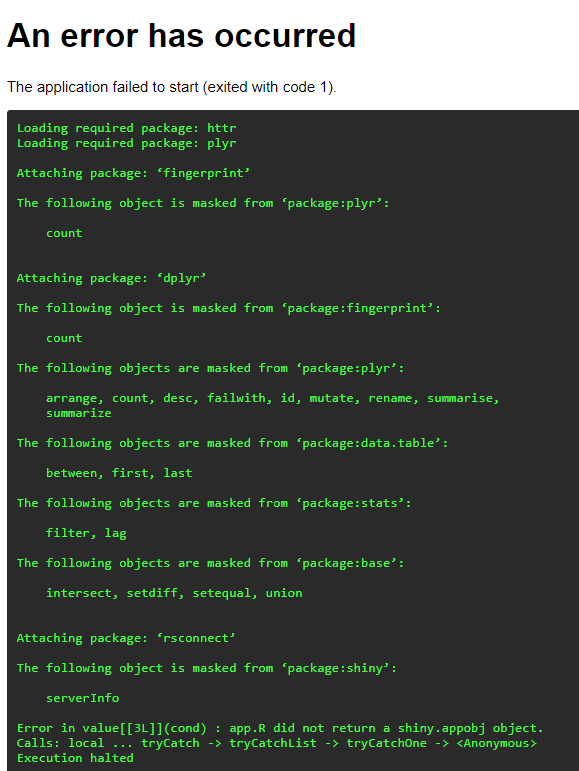


With a successful run, your Shiny app will look like below. Any intermediate variables created using input variables need to be made reactive using reactive()Ĭlick on Run App. These input variables are reactive values. Use the render* function that corresponds to the output you are defining. These functions capture an R expression and do calculations and pre-processing on the expression. Each output stores the return value from the render functions. Each client (web browser) calls the server function when it first loads the Shiny app. It involves creating functions and outputs that use inputs to produce various kinds of output. Server function defines the server-side logic of the Shiny app.


Create easy applications with basic or no knowledge of web tools.Shiny creates web apps that are deployed on the web using your server or R Shiny’s hosting services. Shiny combines the computational power of R with the interactivity of the modern web. We integrate native HTML and CSS code with R Shiny functions to make application presentable. This tool creates an HTML equivalent web app from Shiny code. Shiny is an R package that allows users to build interactive web apps. How is Shiny different from traditional applications?.We will cover and understand the following topics: In this R Shiny tutorial, I’ll explain how to make the best use of R on dynamic web applications. Since these functionalities require high processing and synchronization, programming languages are used to reduce server-load time. With the evolution of technology, newer tools and frameworks have emerged for building web-applications that display real-time statistics, maps, and graphs.


 0 kommentar(er)
0 kommentar(er)
